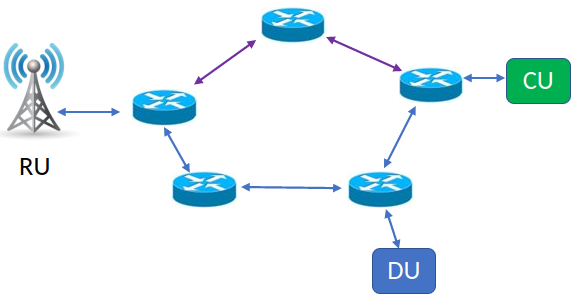Inter-Access Points CoordinationGroup: ECE Department PI: Prof. Chandramani Singh and Prof Neelesh Mehta
Inter-AP (or inter-BSS) coordination is the key to efficient utilization of time, frequency and spatial resources in WiFi networks. In the state-of-the-art Wi-Fi networks, such coordination, albeit present, is limited to slow timescale functionalities such as seamless roaming between networks and channel selection.
moreIEEE 802.11be task group (TGbe) has proposed several ways of tightening coordination of transmit powers, transmission schedule and antenna gain patterns. We pursue design and analysis of joint transmit power and channel access control among neighboring APs.
We first focus on coordinated spatial reuse (Co-SR) in IEEE 802.11be networks. We study impact of OBSS/PD thresholds and corresponding transmit powers on network performance. Co-SR is believed to be useful when inter-BSS interference is light, but the channel state is perceived as busy. However, systematic modeling and evaluation of gains of Co-SR is warranted. We also model OFDMA based channel access, in particular, management of resource units (RUs) for random access and scheduled access. We aim to develop an RU allocation algorithm that adapts to traffic patterns and yields good throughout and delay performance. less






